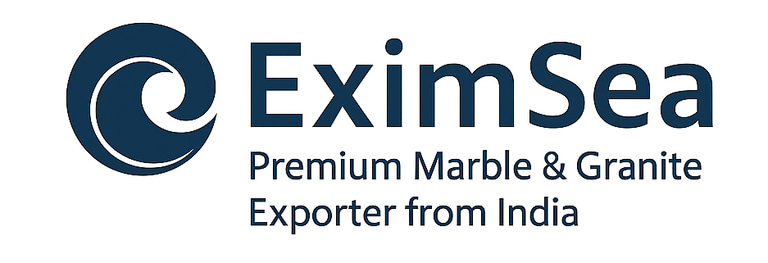India Fortifies Export Ecosystem with ₹18,233 Crore Allocation Under RoDTEP for FY 2025–26
The Indian government has allocated ₹18,233 crore under the RoDTEP scheme for FY 2025–26 to boost export competitiveness by reimbursing unrefunded taxes and duties on exported products. This move aims to strengthen India’s position in global trade while supporting MSMEs and key export sectors through a transparent, WTO-compliant framework.
Tejsingh Prajapat
8/2/20252 min read


In a decisive policy pronouncement underscoring its commitment to fostering an export-driven economy, the Government of India has allocated a substantial sum of ₹18,233 crore under the Remission of Duties and Taxes on Exported Products (RoDTEP) scheme for the fiscal year 2025–26, as disclosed by the Press Information Bureau (PIB). This move reflects a calibrated effort to augment India’s global trade positioning by reimbursing unrebated central, state, and local levies that exporters inadvertently bear—thereby improving net realization and global competitiveness.
A WTO-Compliant Instrument of Fiscal Recompense
Instituted in January 2021, RoDTEP emerged as a meticulously re-engineered replacement for the erstwhile MEIS (Merchandise Exports from India Scheme), which was found inconsistent with WTO dispute resolution norms. In contrast, RoDTEP is a rules-based, transparent, and digitally administered incentive framework that aligns squarely with multilateral trade obligations.
The scheme’s architecture is designed to refund a range of embedded levies—including but not limited to:
Unrefunded VAT on fuel used in transport and manufacturing,
Municipal levies,
Electricity duties,
Stamp duties on export documentation,
Agriculture Infrastructure and Development Cess (AIDC) embedded in inputs.
These levies, though intangible in customs valuation, materially increase the cost of exports, particularly for MSMEs and labor-intensive sectors. RoDTEP seeks to neutralize such cascading burdens, thereby reinvigorating India’s external trade resilience.
Strategic Implications for Exporters
The FY 2025–26 budgetary outlay of ₹18,233 crore will be distributed across a product-specific rate schedule, managed by the RoDTEP Committee, which periodically reviews sectoral cost structures. Sectors such as engineering goods, textiles, pharmaceuticals, marine exports, processed food, leather, and agricultural commodities are expected to remain major beneficiaries.
This infusion of capital will not only facilitate prompt issuance of digital scrips (rebate credits), but also offer working capital relief in a period marred by geopolitical volatility, freight surcharges, currency fluctuations, and tightening credit conditions.
Furthermore, the allocation has been timed to synchronize with the government’s broader ambition to double exports to $2 trillion by 2030 under the Foreign Trade Policy (FTP) 2023. RoDTEP thus plays a cardinal role in the institutional scaffolding required to meet these ambitious benchmarks.
Digitization, Disbursal & Accountability
A standout feature of RoDTEP is its digitally integrated interface between the Central Board of Indirect Taxes and Customs (CBIC) and the Directorate General of Foreign Trade (DGFT). Exporters lodge claims in real-time through the ICEGATE portal during shipping bill filing, and entitlements are issued automatically—minimizing discretion and eliminating procedural opacity.
The credits are transferrable, can be utilized for payment of basic customs duty, and are reflected in the Electronic Credit Ledger, ensuring traceability, portability, and fiscal discipline.
Looking Ahead: RoDTEP’s Role in Trade Diplomacy
In a global environment where non-tariff barriers, green subsidies, and preferential trade arrangements are increasingly weaponized, India’s RoDTEP scheme acts as a countervailing economic equalizer. It enables Indian exporters to remain cost-competitive without running afoul of WTO scrutiny—bolstering India's credibility as a rule-abiding, manufacturing-intensive economy.
Moreover, by empowering MSMEs and rural clusters engaged in traditional sectors such as handicrafts, carpets, tea, spices, and garments, RoDTEP fosters inclusive growth and employment-intensive industrialization—an essential pillar of the Atmanirbhar Bharat initiative.
Conclusion
The ₹18,233 crore allocation under RoDTEP for FY 2025–26 is more than a fiscal disbursement—it is a strategic enabler of India’s export transformation. By offsetting unrebated tax burdens, facilitating ease of disbursal through digital platforms, and anchoring compliance with WTO norms, the scheme consolidates India’s status as a dependable and resilient global trade partner. As the country navigates an increasingly fragmented and competitive trade landscape, such targeted interventions will remain pivotal to unlocking new frontiers of economic diplomacy and export-led prosperity.
ABOUT EXIMSEA
EximSea is a trusted exporter of premium quality marble and granite from Rajasthan, India. We deliver top-grade natural stones worldwide at the best prices, ensuring excellence, reliability, and customer satisfaction.
Empowering global trade for businesses worldwide.
+919079764119
© 2025. All rights reserved.
Contact Us
Location
Sodawas Ajarka Road, Todarpur Alwar, Rajasthan, India - 301401
